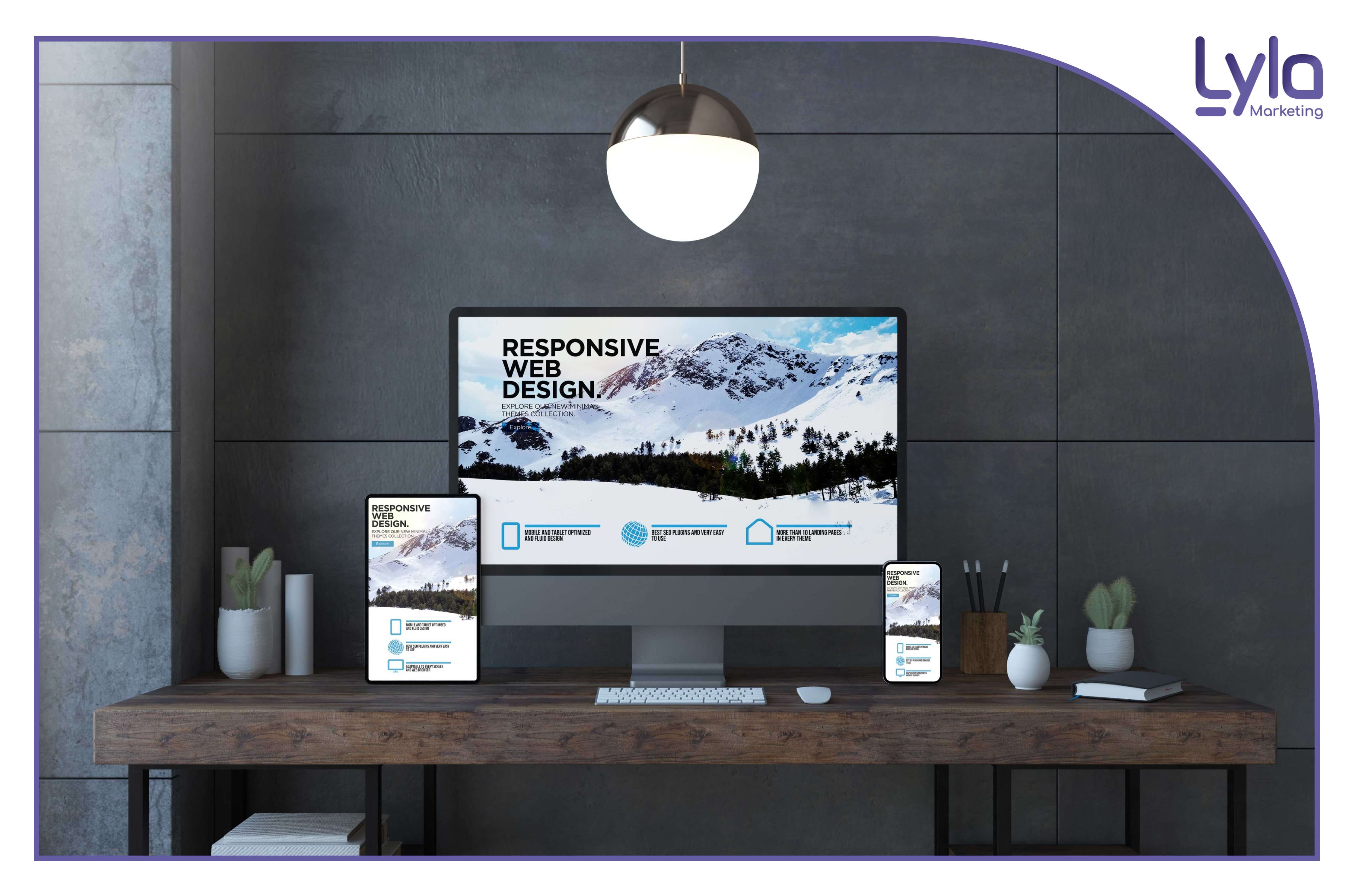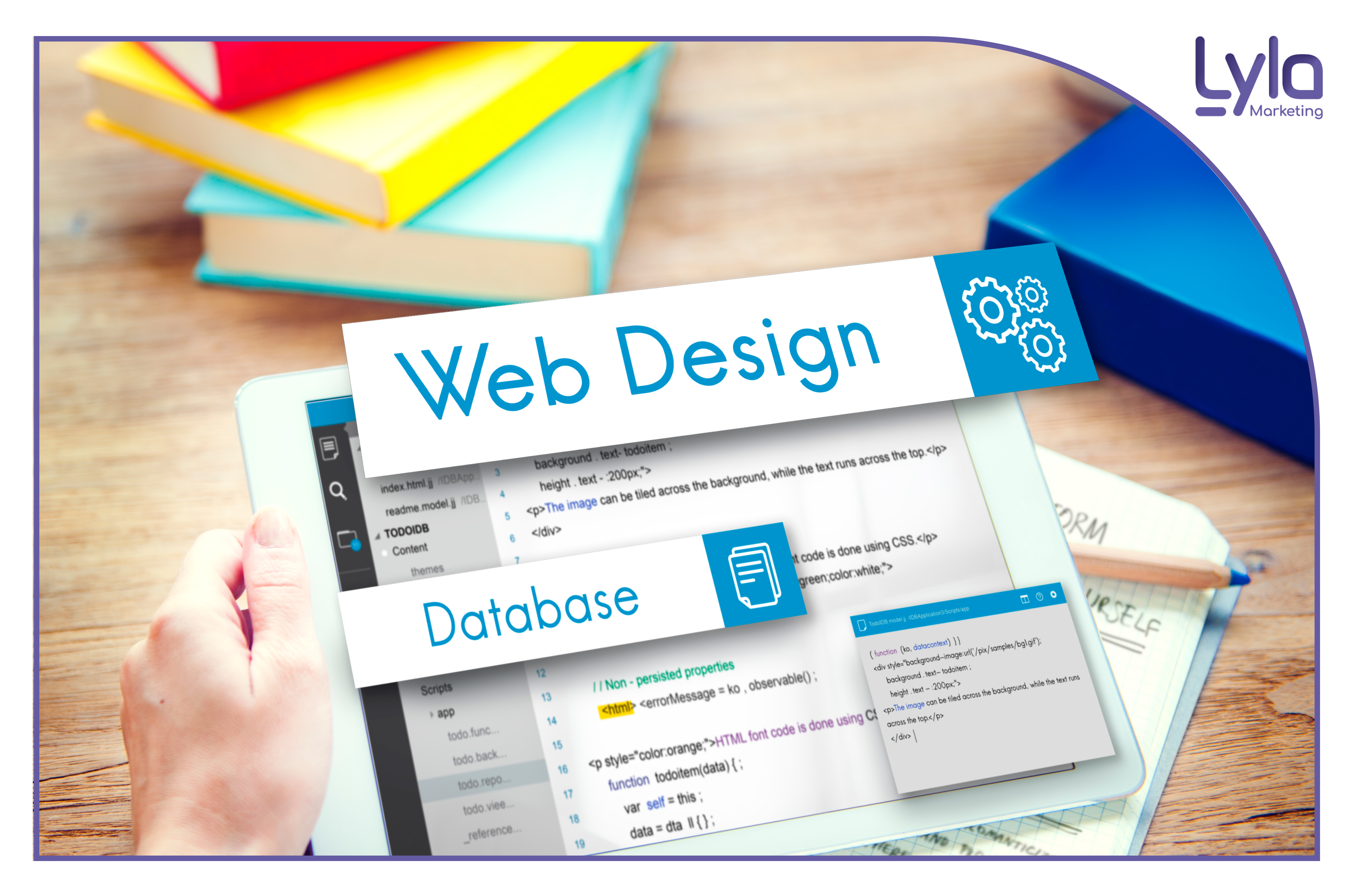
How to Create a Website with WordPress?
Website design with WordPress; best website design with WordPress; make a WordPress website; WordPress website design cost
Website design with WordPress is a difficult task. You want to build something your customers will love, but you do not want the setup to take several months or be so high-tech that you need a developer for every single copy update.
Fortunately, one of the best things about WordPress is that it is so user-friendly and intuitive. The technical part of setting up a WordPress website is not so complicated. However, before we explain how to make a WordPress website, let’s explain what the WordPress is, why to use it, and what to consider before you start building a website using WordPress.
What Is WordPress?
There are many ways to make websites, but WordPress has always been the most popular and efficient platform to do the job. WordPress is an open-source content management system (CMS). It is a popular tool for individuals without any coding experience who want to build websites and blogs. The software does not cost anything. Anyone can install, use, and modify it for free.
At first, WordPress was mainly used to create blogs. Nowadays, the software has improved, enabling you to create any type of website you want. You can build hobby or lifestyle blogs, professional portfolios, business websites, e-commerce stores, mobile applications, and membership sites with WordPress. There are a lot of features on WordPress templates where you can just plug in your information and create a webpage, plugins, add-ons, different themes, and much more.
Benefits of Using WordPress to Build Your Website
You may be wondering why WordPress is so popular in website design. The answer is that the platform provides many benefits to its users. In fact, it is often the best choice for building a new website. Here are six key reasons why.
1. WordPress is free and open source, so it is accessible and modifiable.
2. The platform is beginner-friendly and easy to learn. To start working with WordPress, you do not need prior experience.
3. You can extend WordPress using themes and plugins. The flexibility and user-friendly features of WordPress explains its popularity.
4. Security is taken seriously, and the platform is completely reliable.
5. Monetizing your site is simple through WordPress.
6. WordPress is totally scalable, SEO-friendly, with thousands of professional themes.
Benefits of web design with WordPress
There are many platforms that you can use to build your website. These website builders have a great deal of variability and functionality but there is only one dominant option in the market and that is WordPress.
WordPress has evolved as a platform for blogging to the best content management systems (CMS), such that almost one-third of all internet sites are built using this platform. Building and maintaining a WordPress website does not require any advanced coding knowledge.
WordPress is popular because of its:
• Flexibility and Adaptability – You can do almost anything on WordPress, ranging from small businesses to eCommerce stores. Whatever you choose to do, WordPress will be adaptable to it.
• User-Friendliness – A WordPress site can be up and running in a matter of a few minutes, even if you don’t have any technical expertise. All you need is a domain name and web hosting account.
• Themes and Plugins – While WordPress themes offer you a wide range of choices in the appearance and functions of your site, plugins are the specialized functions that cater to specific needs of your website, such as shopping carts, contact forms, galleries, and more.
• High Ranking – Since WordPress sites are so great in numbers and regularly update content, they include plugins and a variety of tools that help them create scheduled and optimized content – they often rank higher than websites that aren’t made on WordPress.
Website design with WordPress has other advantages too. WordPress offers:
• Advanced security features – it is fairly easy to add password protection and enable an SSL certificate for your website on this platform.
• Responsive mobile design – provide an excellent mobile experience for your users when designing your website by WordPress.
• Ability to handle different media types – you can add images, audio files, video files, documents, and any common file type onto your WordPress website.
• Free, open source, and scalable software – you can contribute to and benefit from the work of a community of developers who improve WordPress constantly. Also, enjoy the increased level of customization, using new themes and plugins created by the community.
As your business grows, you need a flexible website to add new functionalities and features; change design elements, and even update your logo. WordPress is a platform that grows with your business.
• Great customer service and community support – there are many developers and users around the world who use WordPress, create instructional content and tutorials, and participate in Q & A forums. In addition, you can reach the WordPress team and receive a comprehensive support.
Step-by-Step Website Design with WordPress
We have put together 10 easy steps that you can follow and end up with the best website design with WordPress. Remember that creating a website should be fun. Don’t sweat it. If you face any problem, our web developers at Lyla are just few clicks away. You can always contact us, and we make sure to help you reach your design goals.
Step 1: Define your site.
Before you do anything involving WordPress, you need to pick your niche. Developing a website with a subject that has been done 10,000 times before is not exciting. If you are not developing a WordPress site for an existing business, make sure you pick a topic that genuinely interests you and your target audience.
Step 2: Choose a domain name.
Your domain name should relate directly to the niche you chose in step 1, and it should be a name that is easy for users to remember. Find something that your customers never forget it. Doing some keyword research can be helpful in finding the right domain name for your new site.
Step 3: Set up web hosting services.
Your next step is to find a reliable web hosting company to handle your site. Shared web hosting will be just fine in most cases, and it is very popular with WordPress users. There are also few other options when it comes to choose the right web hosting services:
• Shared Hosting: Shared hosting is the most basic type of web hosting. It is like renting a home with one or more roommates – in the case of web hosting, the number of sharers is up to a few thousand. When you buy shared hosting, your business’s domain will be housed on the server and all the websites that have shared the same hosting as you.
The most important advantage of shared hosting is cost. Since the same web hosting service is being offered to thousands of parties, the cost of the server gets split, and service providers can offer very affordable rates.
Secondly, shared hosting is very easy and simple, best for beginners. So, if you are creating a website from scratch for your new business, it is better to use shared hosting.
• VPS Hosting: While shared hosting is like renting an apartment with roommates, VPS hosting is more like renting a unit in an apartment building.
VPS hosting is far more desirable than shared hosting for established businesses because of its reliability, better resource allocation, flexibility, and the ability to increase the number of resources available to the business.
On the other side, VPS hosting can be much more expensive than shared hosting, depending on the web hosting provider.
• Dedicated Hosting: Dedicated hosting is usually chosen by large-scale companies with multiple websites. In dedicated hosting, you have your separate server, and you enjoy all its advantages. There are no bad neighbors, no security risks, and total freedom of customization.
If you are new in business, dedicated hosting is not for you – there is a massive jump in price and technicality that is not worth it unless you have substantial know-how and financial resources. Secondly, since you are putting all your eggs in one basket, a minor security crash on your server could damage the whole server, including all your website and information.
Beside these three basic hosting types, you can also opt in for cloud hosting, reseller hosting, and self-serve hosting if suitable for your business.
Step 4: Install WordPress.
At the risk of stating the obvious, once you have found your web host and domain name, it is time to install WordPress and get up and running.
Step 5: Choose your WordPress theme.
Next, you need to decide on a design theme for your WordPress site. Thousands upon thousands of themes are available, ranging from absolutely free to upwards of hundreds of dollars. When selecting your theme, try to ensure that it makes sense for both the topic of your site and the layout and content you plan to publish.
Among premium WordPress theme choices, you will find a set of ready-made options for various topics. These include business, services, beauty, fashion, photography, education, food, and many others. Each of them can become an excellent base for the site that you have always dreamed about.
Step 6: Install WordPress plugins.
A WordPress Plugin is a program written in the PHP scripting language that adds specific features or services to a WordPress website. WordPress plugins provide a great deal of customization and flexibility to your WordPress site, as well as valuable features and tools for your visitors.
You may start simple, but the longer you use WordPress, the more plugins you will find to benefit your site. Some of our favorites include JetPack and Yoast SEO. You can find the available options of plugins from your WordPress admin dashboard.
Step 7: Complete your administrative pages.
Important pages include your contact page, about page, privacy, and disclaimer page. Get these out of the way before you focus on adding content to your site – after all, it is easier to add trivia pages now than later, when you are done publishing all the more exciting stuff!
Step 8: Publish your WordPress site.
After you get the important administrative pages published, it is time to start adding interesting content. Whatever your niche, you want to make sure you include plenty of quality content for your readers. Make your pages visually rich, and further, make it a priority to keep adding new content regularly.
If you are blogging, add at least one image to every post. Not only adding visuals give your readers something to share on social media, but also makes your content more appealing. Whether you decide to add content daily, weekly, or monthly, creating a content calendar will help keep you on the right track. Read our blog about how to create contents that convert visitors into customers.
Step 9: Do not forget marketing!
Marketing your new site is a two-fold endeavor. First, search engine optimization (SEO): make sure your pages have relevant keywords in the title, description, and body text. Second, take the time to promote your site in any way possible. Free options include using social media sites forums and emailing a regular newsletter. You may also consider guest posting and commenting on blogs, forums, and communities to build your social connections and link popularity. Read our extensive article about different types of digital marketing.
Step 10: Back up your site.
Your content is your most valuable asset, so make sure you back up your site! For your blog, that means backing up your content in case of a crash, so you will not have to start all over again. If you do not back up posts, plugins, and affiliate links, it might take you a while before getting back on your feet. If you do not have time to back up your site regularly, your web host should offer a similar service for a fee. HostPapa, for example, offers a terrific, automated website backup service that takes just a few minutes to set up.
WordPress website design cost
Total cost of having a website, whether a personal or business, highly depends on the type of the site, features, and the level of customization. You can read our previous blog posts to get a better understanding of website design costs . But in a nutshell, a simple personal website could cost less than $100 to build, especially if you use WordPress yourself. If you need a more sophisticated business website with features like e-commerce platform and customized features, you should consider a budget in the ten thousand range.
Conclusion
Having a great website makes a difference. It is how you connect with your visitors and leads, create a positive first impression with new users, and boost conversions. The good news is creating your own website does not have to be a daunting process…at least not with WordPress. Creating a website with WordPress is the most budget-friendly solution available.
This easy-to-use CMS offers completely customizable plans suitable for all needs. With no prior knowledge necessary, you can start building your own site for your business, blog, portfolio, or online store immediately. We provided a step-by-step guide to website design with WordPress so that you can do it all by yourself without needing to hire anyone. If you have any questions about how to build a website from scratch, you can use the comment section below or set up a meeting with our experts here.



